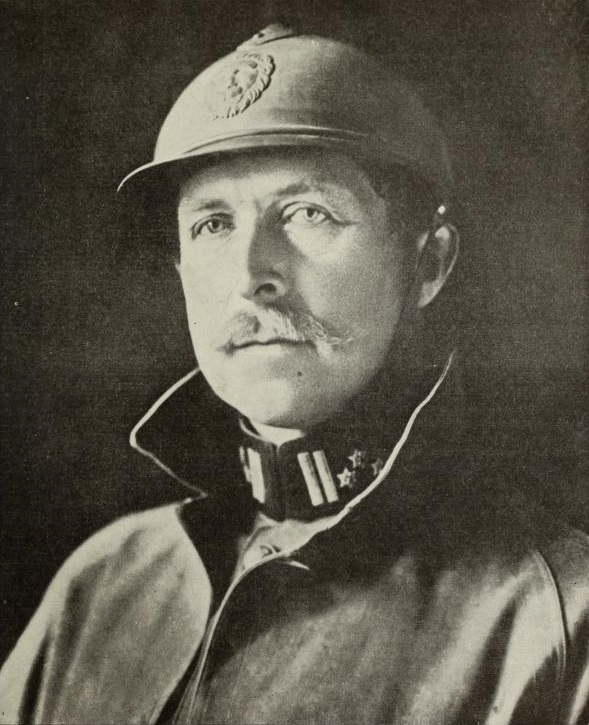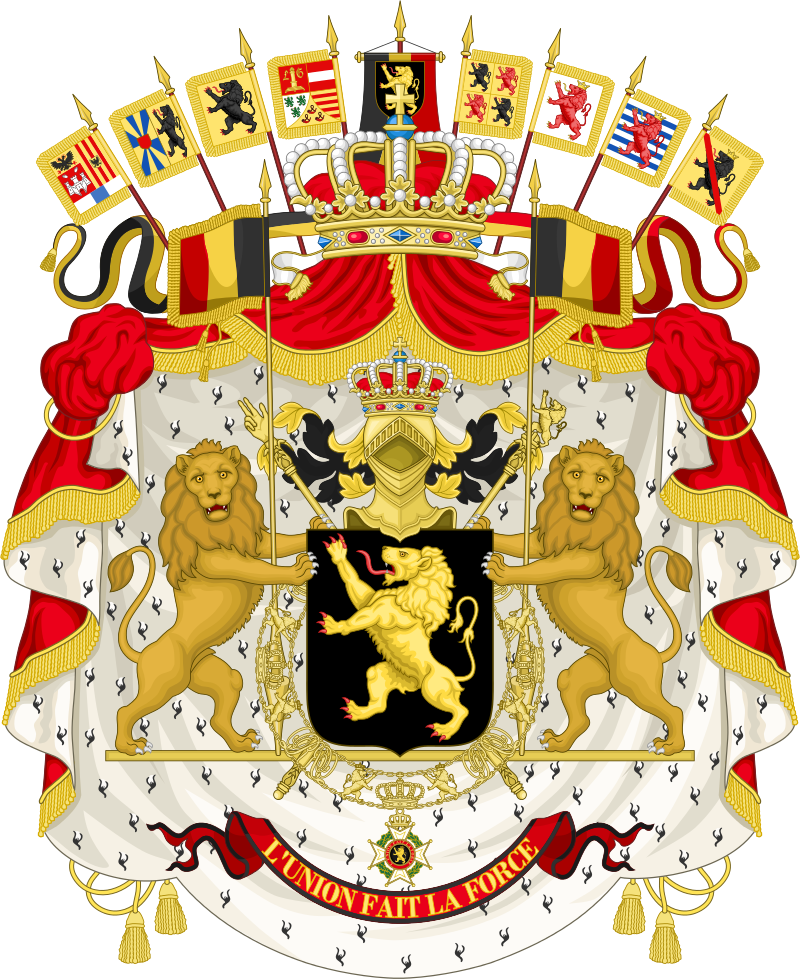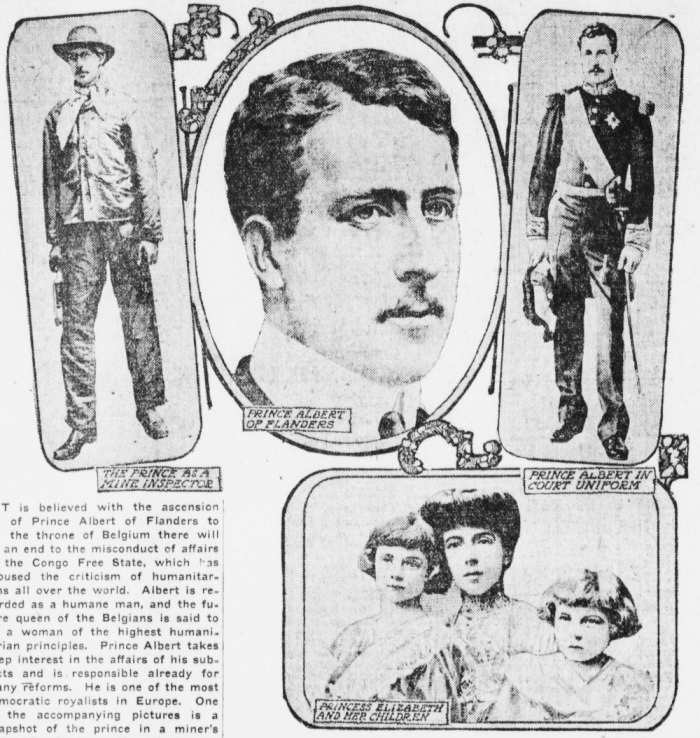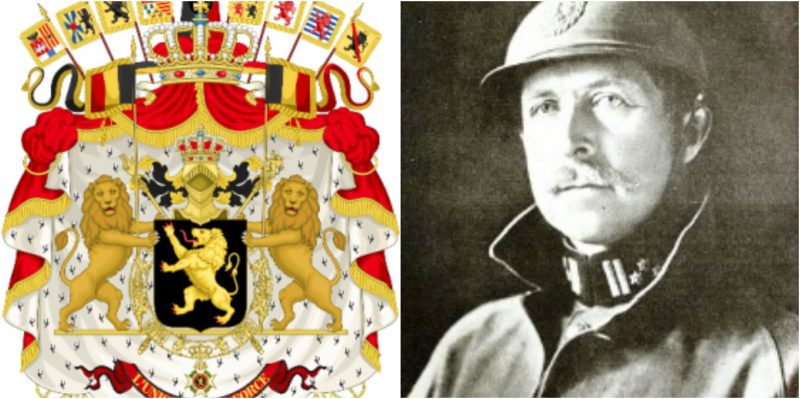Albert I, the third king of the Belgians, played a leading role as supreme commander of the Belgian army during the First World War. For four years he defended the last piece of unoccupied Belgium behind the Yser River, refusing to sacrifice his troops in bloody attacks and hoping that the war could be ended through negotiations.

Albert I, (1875-1934) was the third king of the Belgians, reigning from 1909 to 1934. In the history of Belgium, this was one of the most eventful periods and included World War I, when 90 percent of Belgium was overrun, occupied, and ruled by the German Empire.
During the war, Albert assumed command of the Belgian army. For four years he held his ground in a small, unoccupied area behind the Yser River in the westernmost part of the country. Already during the war, he was known as the brave knight-king of “little Belgium”, who would achieve undying military fame for himself and his army. With his role in the World War I Albert became a national hero of Belgium.

In August of 1914, the ultimatum arrived from Germany stating that Belgian neutrality would be violated and that if resistance was met Germany would consider Belgium an enemy. No effective resistance was expected. King Albert I, however, boldly rejected the ultimatum, famously stating that “Belgium is a country, not a road”.
A very upright and moral man, he had no other option. Belgium was bound to neutrality by treaty and if the Belgians had simply stood aside and allowed the Germans to pass through in order to attack France this would be a violation of that neutrality, not only by Germany but by Belgium as well, as they would be passively cooperating in the invasion of France.
During this period, King Albert fought alongside his troops and shared their dangers, while his wife, Queen Elisabeth, worked as a nurse at the front. During his time on the front, rumors spread on both sides of the lines that the German soldiers never fired upon him out of respect for him being the highest ranked commander in harm’s way, while others feared risking punishment by the Kaiser himself, who was his cousin. The king also allowed his 14-year-old son, Prince Leopold, to enlist in the Belgian army as a private and fight in the ranks.

Despite the impossible odds arrayed against them, King Albert I took command of the Belgian army and led a heroic defense of his country. The tall, serene soldier-king of “brave little Belgium” was tailor-made for the newspapers of the day and he quickly became a hero amongst the Allied nations for the stubborn defense of his country.
He refused to sacrifice his troops and thereby endanger the future of his country. Preventing unnecessary bloodshed was a matter of conscience for him. For four years, the Belgian army played a largely defensive role, repelling the often bloody attacks by the German army from the flooded Yser estuary – from Nieuwpoort through Diksmuide to the canal to Ypres – and striving to prevent them from reaching the ports. Throughout the war, the king stood by his soldiers and remained in De Panne, a small coastal town on the French border.
At the end of the war, King Albert of Belgium as a commander of the Army Group Flanders, consisting of Belgians, British, and French divisions led the final offensive of the war that liberated occupied Belgium. King Albert, Queen Elisabeth, and their children than re-entered Brussels to a hero’s welcome.
